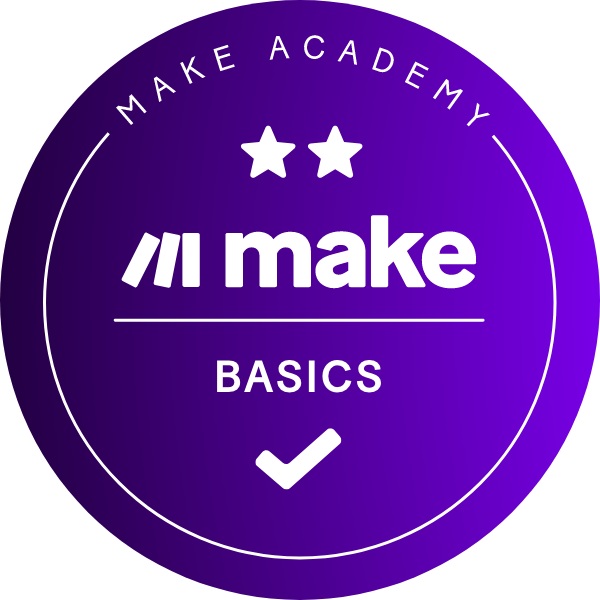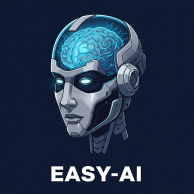Our Customised AI Solutions
Explore our range of services designed to streamline operations and enhance efficiency for small businesses.

Transform Your Operations Today!
Join us at Easy-AI and discover how tailored AI solutions can propel your business to new heights.
What Makes Us Unique

Certifications Gained
Here are a few certifications I have earned in the past several months, with more on the horizon…





